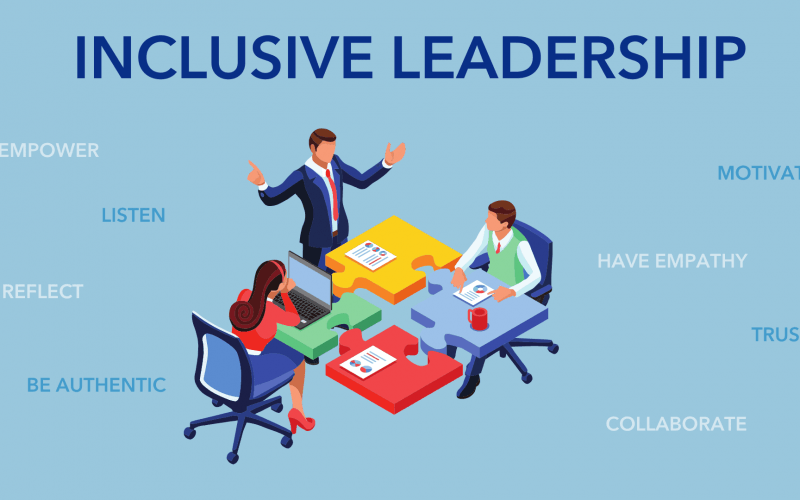LRJ Coaching & Business Solutions, LLC
What are Companies Doing to Become More Inclusive?

In the past couple of years, diversity and inclusion have become popular buzzwords in the corporate community. And for good reason. For far too long these ideals were either ignored by executives and managers, or not emphasized strongly enough, often creating workplaces that were closed off and overly selective, and professional cultures where the hiring and upward mobility of members of underrepresented groups was not the priority it needed to be.
That being said, while talking about inclusion in the workplace, or at times the lack thereof, is a step in the right direction, the question now becomes: what are companies actually doing to make their workplaces more tolerant, open-minded, and diverse? The good news is, there are several steps that are being taken by organizations across corporate America to create a more inclusive environment for their employees. Let’s take a look at some of the actions they’re taking, and see what we can learn from them.
4 Steps Companies can take to Increase Inclusion
- Adjust Candidate Screening: It is believed that as many as 80% of jobs are never posted online, relying instead on internal referrals and promotions. However, this screening process can become a major obstacle for a company’s inclusion efforts, especially if their staff already lacks the diversity they’re looking for. Therefore, it is important for executives and hiring managers to focus less on filling open positions internally, and instead make sure that vacant jobs are posted in places that can help them garner a diverse pool of applicants, including nontraditional websites and other outlets.
- Establish Formal Mentorship Programs: Studies show that applicants or employees from underrepresented groups may be less likely to find mentors on their own than white men. Therefore, it is important for companies to start specific mentorship programs targeting women, people of color, and other minority communities. The data shows these kind of targeted programs can increase the a corporation’s number of black, Hispanic, and Asian-American managers of both sexes by anywhere between 9-24%.
- Emphasize Diversity And Inclusion Priorities Across The Organization: According to Forbes, almost 97% of employers reported introducing new diversity and inclusion initiatives in the past year. However, only 24% of employees claimed to have any knowledge of these new measures. What these numbers show us is that it’s imperative for companies to communicate the significance of diversity and inclusion to all their employees, so that they can earn buy-in across the organization. Without doing this, it is difficult, if not impossible, for any business to create meaningful change.
- Set Defined Goals: Sodexo, a food management provider, has outlined their diversity hiring strategy, and publicly stated their goal of having women represent at least 40% of their overall senior leadership staff. As a result of these efforts, the company was listed on the 2020 Bloomberg Gender Equality Index, and women currently make up some 37% of its executive committee. The lesson here? It is a lot easier to make progress towards a goal when it is specific, well-defined, and openly aspired to.
This list represents just the tip of the iceberg, but it is a good place to start as business and corporate leaders look for ways to boost their diversity endeavors, and make their workplaces more inclusive for staff members from all different backgrounds.

